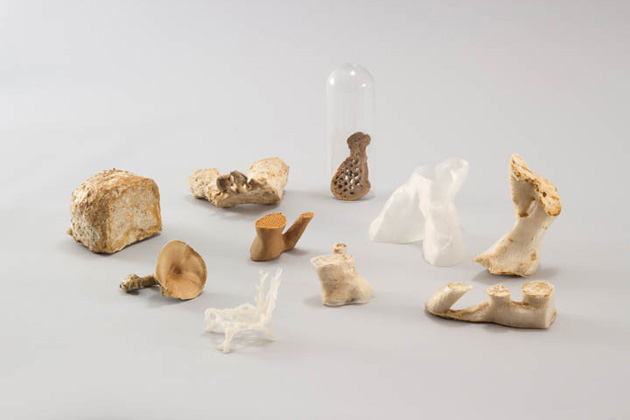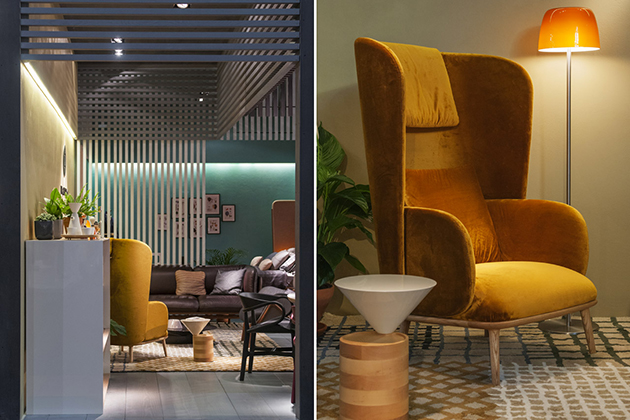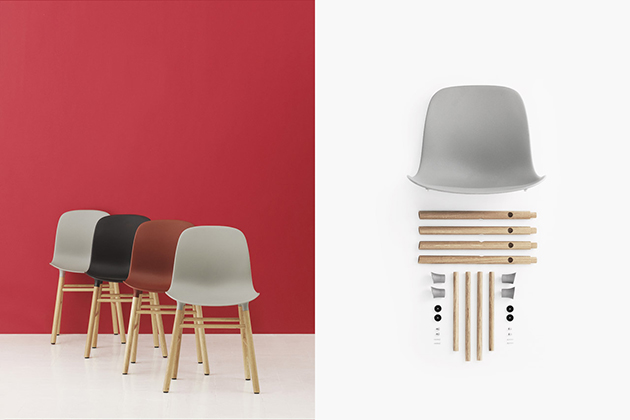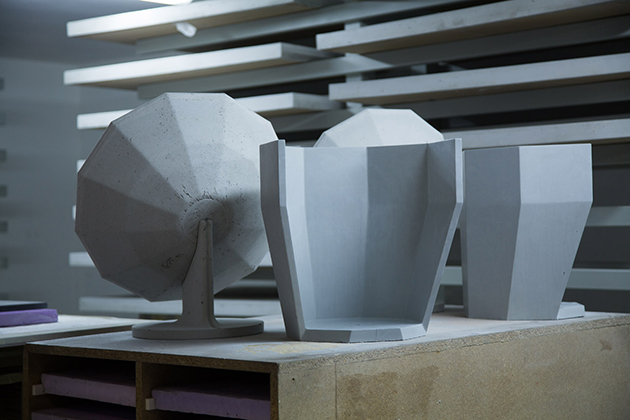
“Birthday cakes meet birthday plates” is the unusual claim that Maison&Objet has chosen to celebrate its twenty years of activity. The anniversary represents the culmination of an acknowledgment: not only the Parisian kermesse is the major symbol of French Touch in the domestic fields of design and decoration, but it has also gained the status of a not-to-be-missed rendez vous for the international design community (we are indeed speaking about the most hardened competitor of the Salone del Mobile, aren’t we?).

Two indicators measure its state of health. First, in 2015 the tradeshow expands its foreign presence and inaugurates the first edition of its American brand-extension, Maison&Objet Americas, which follows the opening of the Maison&Objet Asia branch in Singapore last year. Secondly, previews stop to be a monopoly of the Milan Design Week, and get more and more numerous at Parc Villepeint: De La Espada inaugurates the personal brands of Autoban and Luca Nichetto, La Chance presents the new pieces of the Art Decò star Jacques Emiles Ruhlman, Matali Crasset unveils her concrete furniture collection, Multifacet by Concrete LCDA, Ligne Roset re-edits 1953 Daybed by Pierre Paulin, while Jean Louis Iratzoki launches bio plastic chair Chair Kuskoa Bi, just to mention the most accomplished results.

Beside this host of proposals, a stimulating contribution is offered by the exhibition that the fair forecasting department, Maison&Objet Observatory, has organized to enlighten the emerging trends that are having a wider impact on design culture. The show’s title – “Make”, further declined in three sections “Nature Made”, “Human Made” and “Techno Made” – seems at first sight a delayed proposal if compared to the multiple initiatives that have already introduced the wider public to fab culture (“Open Design Arcipelago” in Palazzo Clerici still remains unequalled). Nevertheless, this approach à la français is an effective attempt to trace a red line between the world of Makers and that of Crafters. Often confused with one another, these two domains have different roots – notably engineering and handcraftsmanship -, but show an increasing continuity as they all conceive design as the open outcome of a conceptual and material process rather than the search of a finished, given product. The works of Erik Klarenbeek, Lex Pott, Sebastian Cox, Seraina Lareina clearly disclose a common tension toward aesthetic uncertainty and, thus far, seem to burst with the most vital and inspiring energy spotted at the fair.


